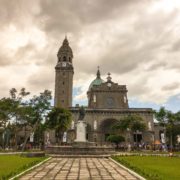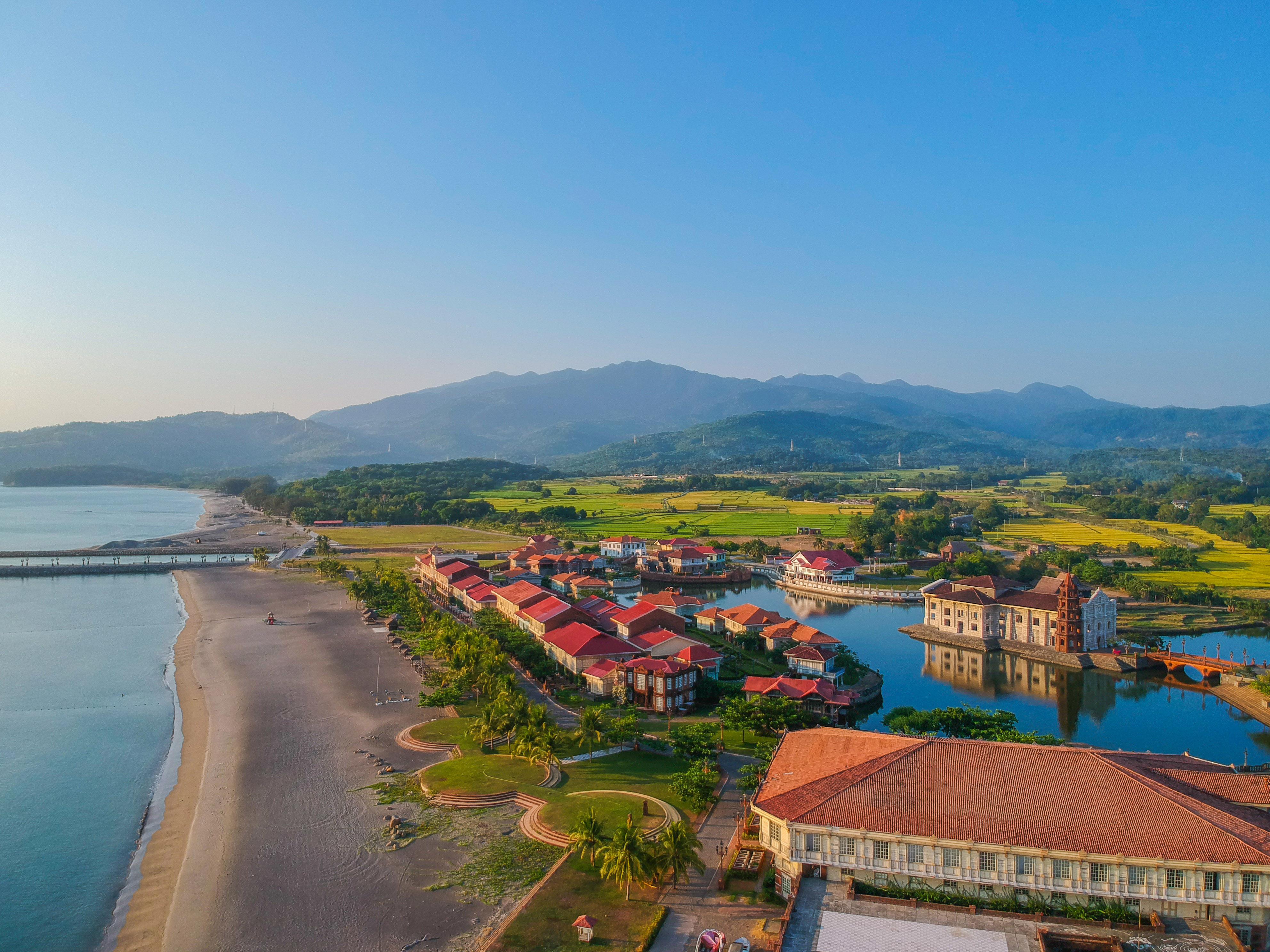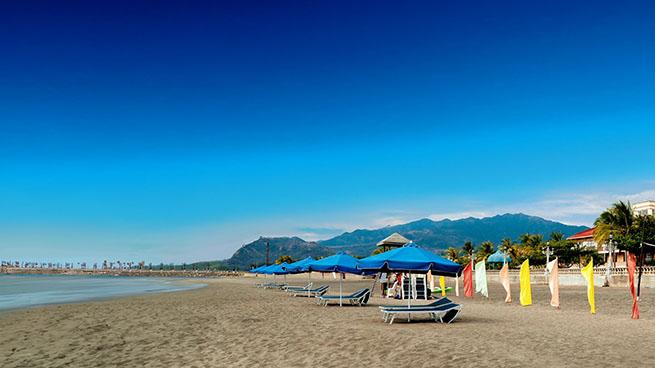Over 1 million Intramuros Lenten visitors
The Walled City of Intramuros received a million visitors, both from local and foreign tourist this past Holy Week
The Department of Tourism (DOT) and the Intramuros Administration (IA), arranged a series of events to promote the Walled City as a “holistic faith destination” in the country’s capital, Metro Manila.
This is the first time Intramuros opened its churches and chapels to pilgrims since World War II, in an effort made by the tourism department “to restore the vibrant religious culture” prevalent before the war.
“For a pre-dominantly Catholic country like the Philippines, the Holy Week or Lenten season is a perfect time to reflect, repent, and travel. We congratulate the Intramuros Administration and our Faith Tourism sector for the successful reopening of the Walled City for the Lenten season,” said Tourism Secretary Wanda Teo.
The IA hosted the Visita Iglesia, a pious Roman Catholic Lenten tradition involving visitation to seven churches found inside Intramuros, including The Manila Cathedral, San Agustin Church, San Ignacio Church site, Guadalupe Shrine in Fort Santiago, Knights of Columbus Fr. Willman Chapel, Lyceum of the Philippines University Chapel, and Mapua University Chapel.
IA also installed Via Crucis stations, or a series of images depicting Jesus Christ on the day of his crucifixion and accompanying prayers, along General Luna Street of the Walled City, which follows the Vatican II sanctioned New Way of the Cross.
Staged in front on the Palacio del Gobernador was the modern interpretation of the Senakulo or the dramatic presentation depicting the Passion of Jesus Christ: His trial, suffering and death entitled “Martir sa Golgota”, by the Tanghalang Sta. Ana theater ensemble directed by renowned Lou Veloso.
The DOT is pushing for more activities and events that strengthen faith-based tourism for the Catholic faithfuls catering to both the local and foreign tourists.
“We aim to capitalize on our unique Catholic festivals and Filipino traditions to pursue more Catholic pilgrims or faith tourists from Brazil, Mexico, United States, Columbia and Spain among others,” Teo said.
The Philippines is ranked as the third country in the world with a predominantly Catholic population following Brazil and Mexico. Philippines remains the largest Catholic nation in Asia.
According to DOT, the rise of spiritual tourism in the Philippines is anchored on the diversity and richness of the churches and religious sites open to the public.
“We will also highlight the numerous papal visits in the country with the head of the Catholic church as the focal influencer of pilgrimage and faith tourism,” Teo stressed.
Pope Paul VI visited the Philippines in 1970 while Pope John Paul II came in 1981 and 1995. In January 2015, the country made history for the world’s largest papal mass during the visit of Pope Francis with an estimated crowd of six million.






